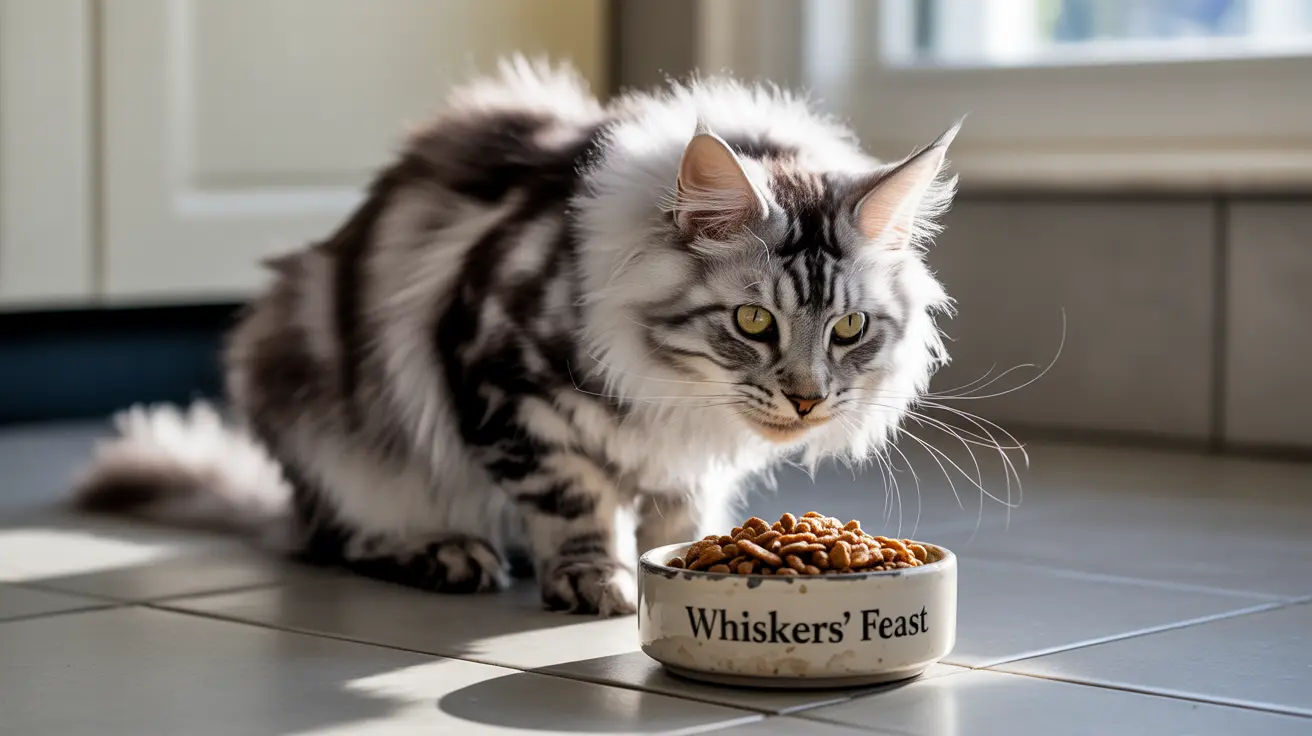Understanding Why Mice Eat Cat Food
If you've ever discovered mice getting into your cat's food bowl, you're not alone. Mice are naturally drawn to cat food due to its rich nutritional content and aromatic properties. Despite the irony of mice being attracted to food meant for their natural predator, this behavior is perfectly logical from a survival standpoint.
These opportunistic feeders are drawn to cat food's high protein and fat content, which provides them with concentrated nutrition. The strong smell of both dry and wet cat food acts like a beacon to these small rodents, whose keen sense of smell helps them locate potential food sources from considerable distances.
The Science Behind Mouse Attraction to Cat Food
Mice possess an incredibly sophisticated olfactory system, with a significant portion of their genetic makeup dedicated to smell detection. This heightened sense makes them particularly responsive to the potent aromas that emanate from cat food, especially protein-rich varieties.
Cat food manufacturers specifically formulate their products with strong flavors and scents to appeal to felines, but these same characteristics make the food irresistible to mice. The combination of animal proteins, fats, and added flavor enhancers creates an aromatic profile that mice find impossible to resist.
Nutritional Appeal
Cat food typically contains:
- High levels of protein (30-40%)
- Significant fat content (15-20%)
- Essential vitamins and minerals
- Flavor enhancers and preservatives
Impact on Home and Pet Safety
When mice target cat food, it creates several concerns for both home hygiene and pet health. Mice can contaminate food sources with their droppings and urine, potentially spreading diseases. They may also establish nests near reliable food sources, leading to larger infestation problems.
Additionally, mice often cache food, meaning they'll transport pieces of cat food to hidden locations throughout your home. This behavior can lead to secondary issues such as attracting more pests and creating unpleasant odors in wall cavities or under appliances.
Prevention and Protection Strategies
Proper Storage Solutions
To protect your cat's food from mice, implement these essential storage practices:
- Store dry food in airtight, chew-proof containers
- Keep food elevated off the floor
- Clean up spills and crumbs immediately
- Consider using metal or glass containers instead of plastic
Feeding Area Management
Managing your cat's feeding area effectively can significantly reduce mouse attraction:
- Feed pets on a schedule rather than leaving food out constantly
- Remove uneaten food before nightfall
- Clean feeding areas thoroughly after each meal
- Use pet food mats to catch scattered kibble
Frequently Asked Questions
Why do mice like eating cat food and how does it attract them?
Mice are attracted to cat food because of its high protein and fat content, plus its strong aroma. The concentrated nutrients and appealing smell make it an ideal food source for these opportunistic feeders.
Can leaving cat food out overnight increase the risk of a mouse infestation?
Yes, leaving cat food out overnight significantly increases the risk of attracting mice, as they are primarily nocturnal and most active during these hours when searching for food.
What are the best ways to store cat food to prevent mice from accessing it?
Store cat food in sealed, rodent-proof containers made of metal or glass, keep it elevated off the floor, and ensure storage areas are clean and free from spills or crumbs.
Are there specific smells or repellents that can keep mice away from my cat's food?
While peppermint oil, ammonia, and other strong scents may deter mice, the most effective approach is proper food storage and maintaining a clean feeding area.
How can I mouse-proof my cat's feeding area to keep my pet food safe?
Mouse-proof your cat's feeding area by using elevated feeding stations, cleaning up after meals, removing food overnight, and sealing any nearby entry points that mice might use to access the area.
Conclusion
Understanding why mice are attracted to cat food is the first step in preventing unwanted rodent visitors. By implementing proper storage solutions and maintaining clean feeding areas, you can protect both your pet's food and your home from mouse infestations while ensuring your cat's meals remain safe and uncontaminated.






